Science

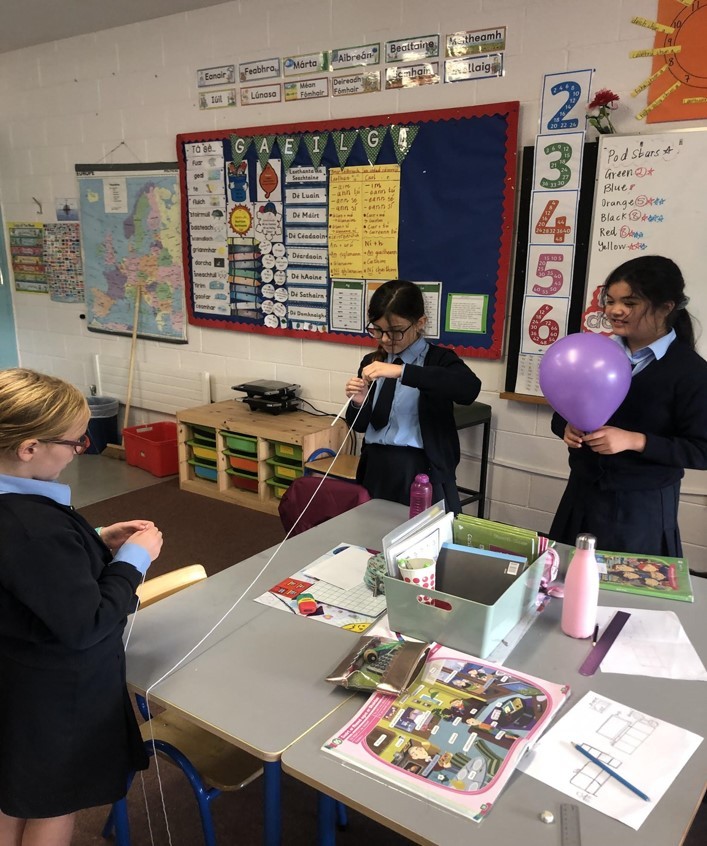
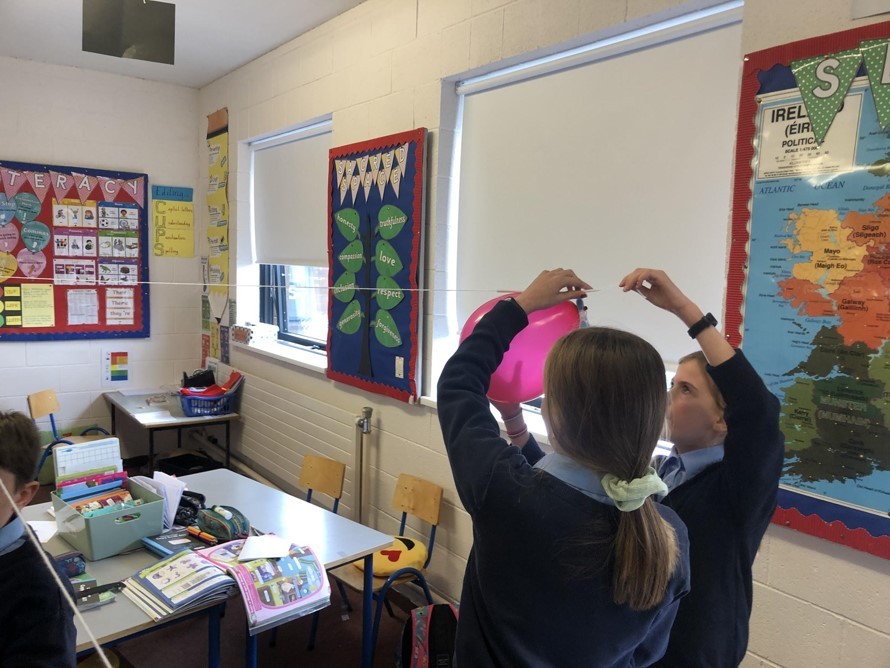
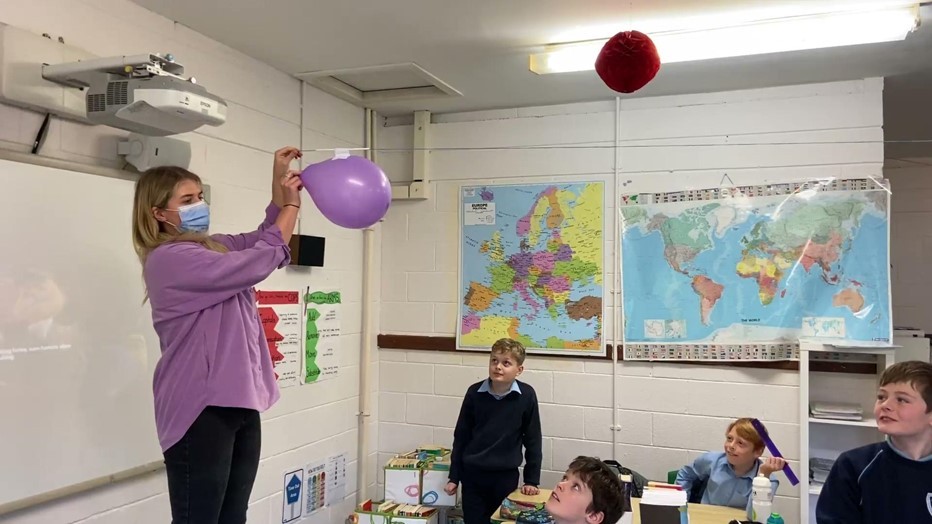
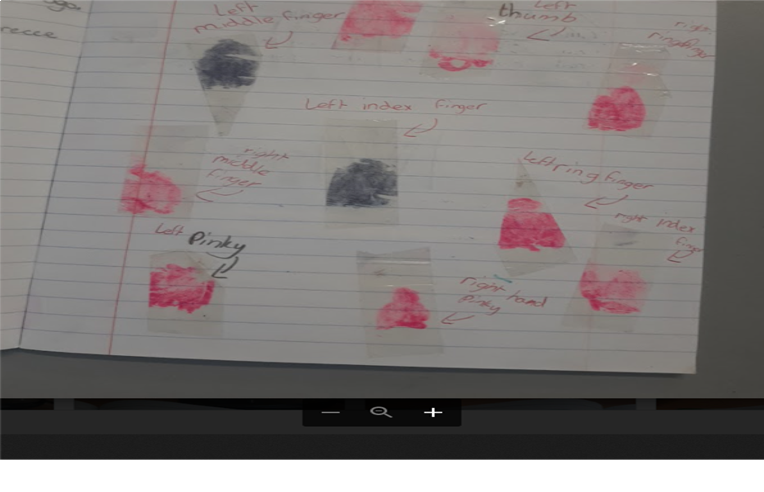
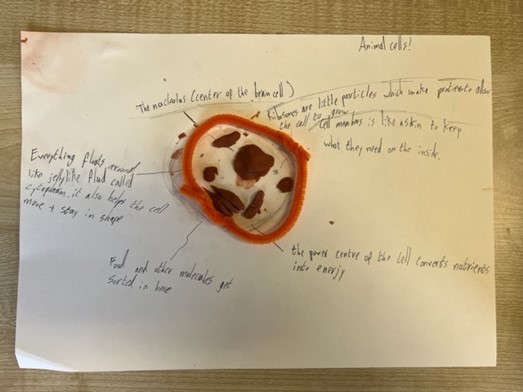
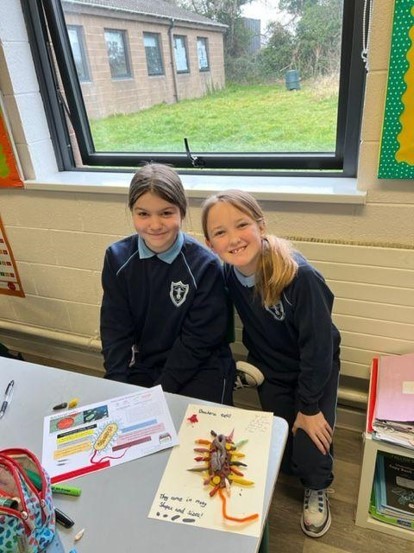

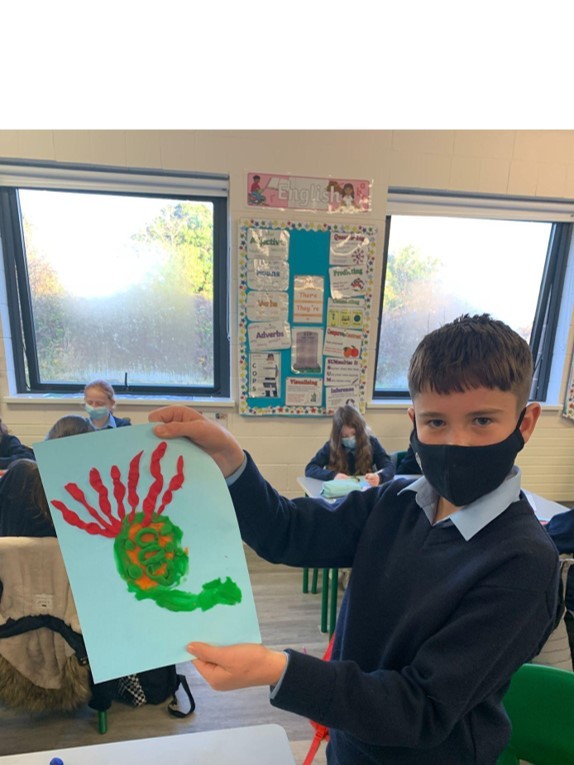
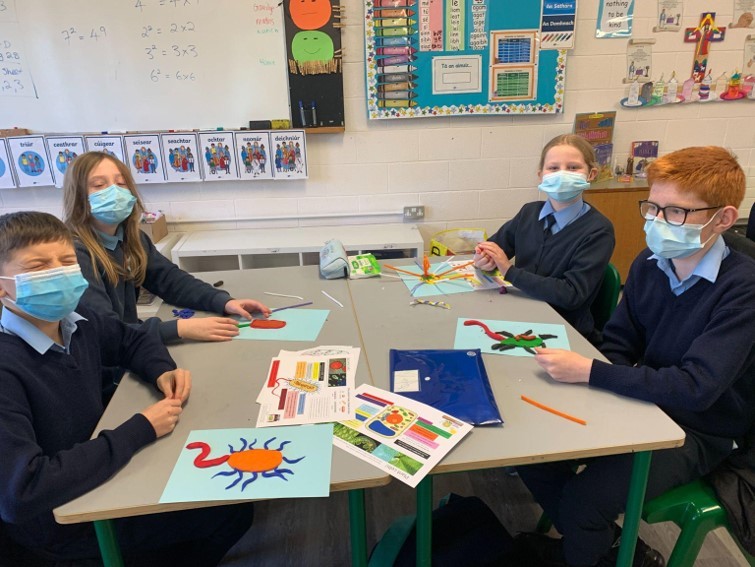
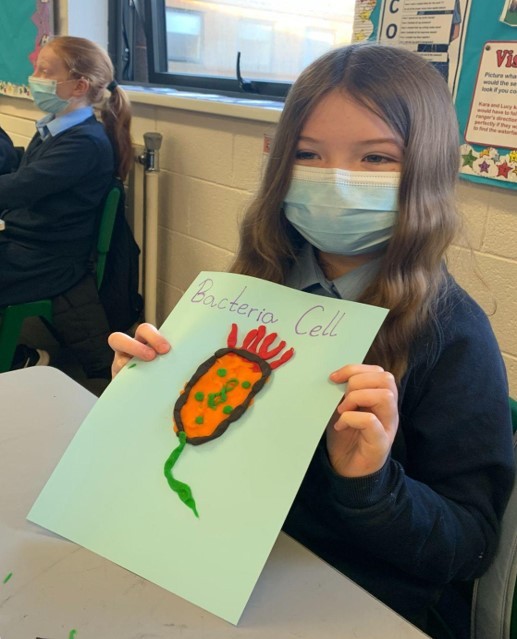
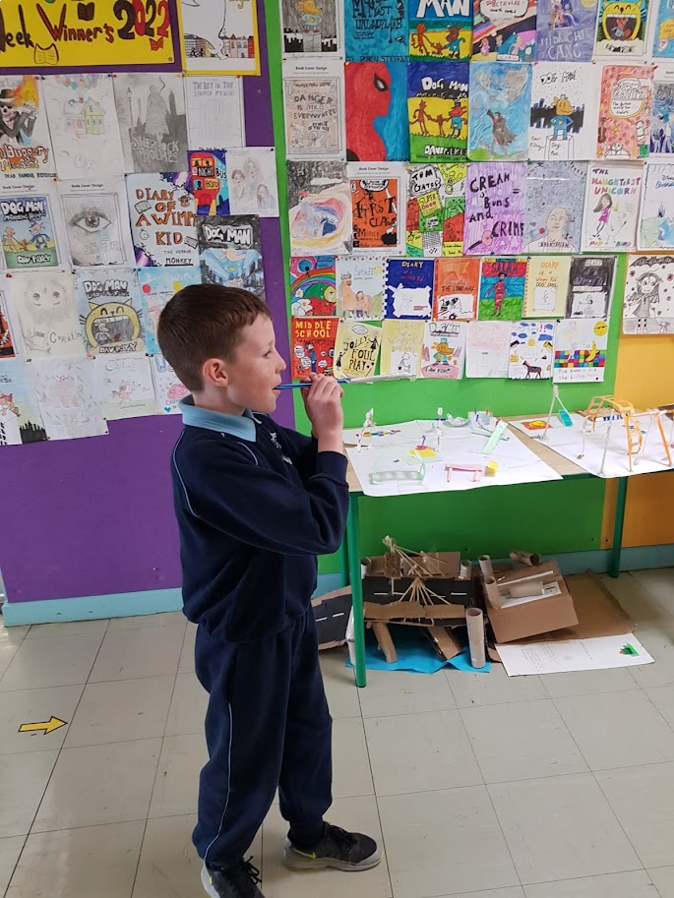
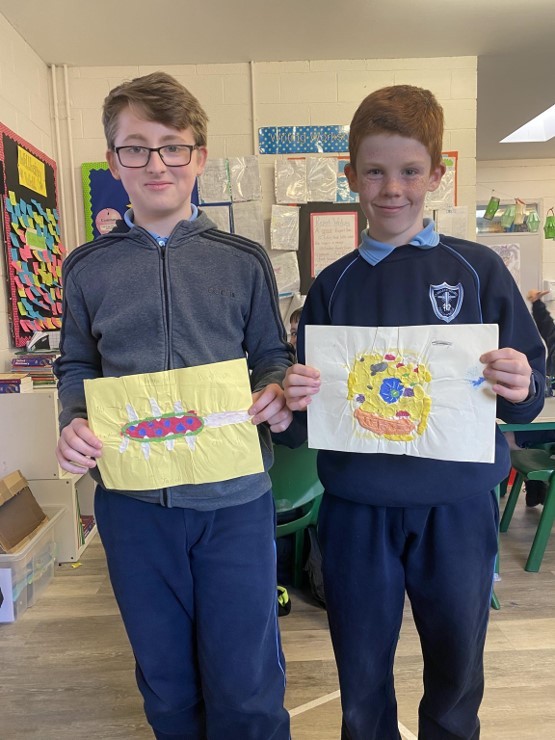
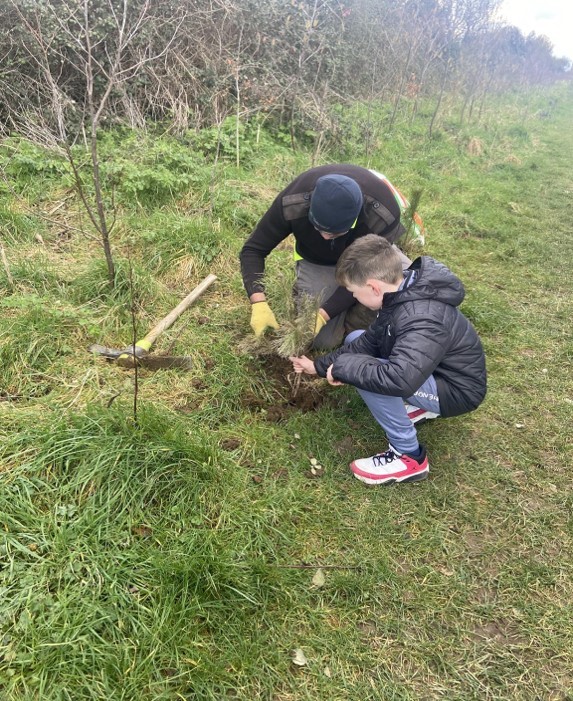
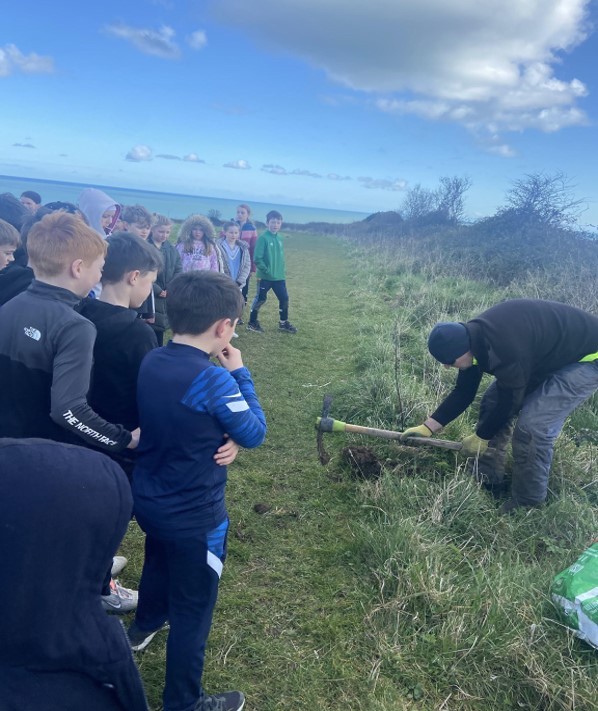
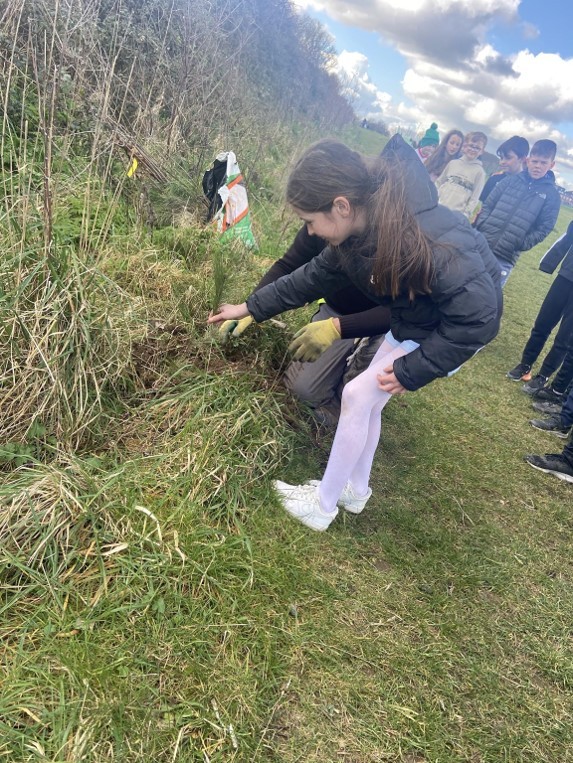
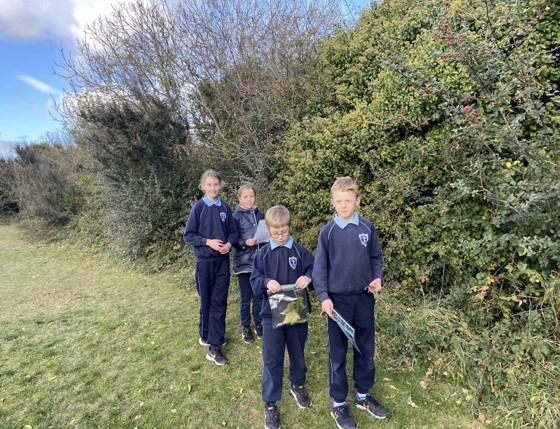
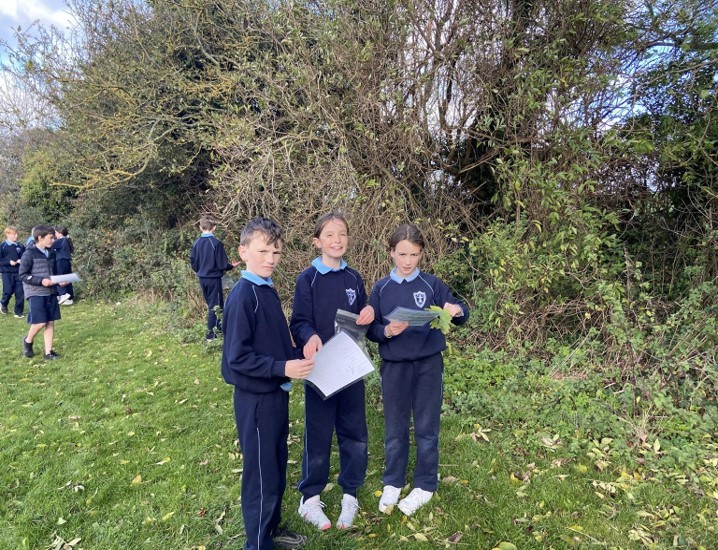
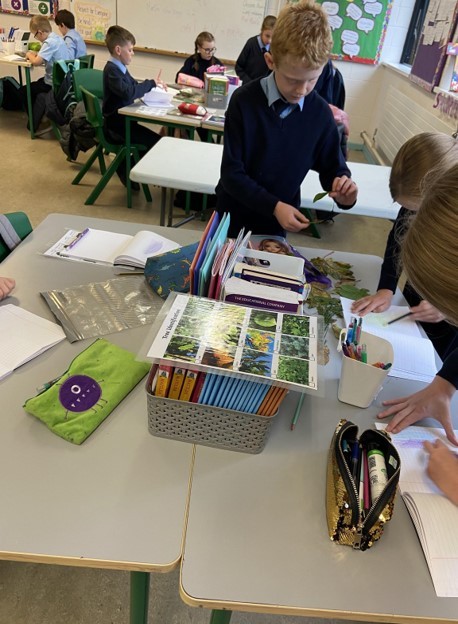
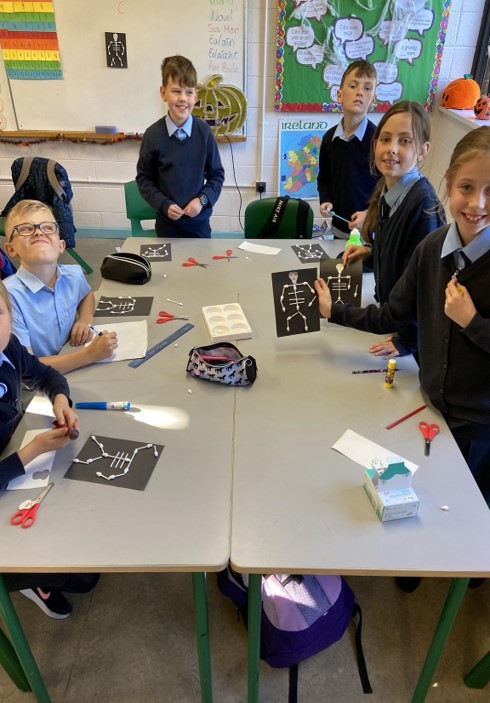

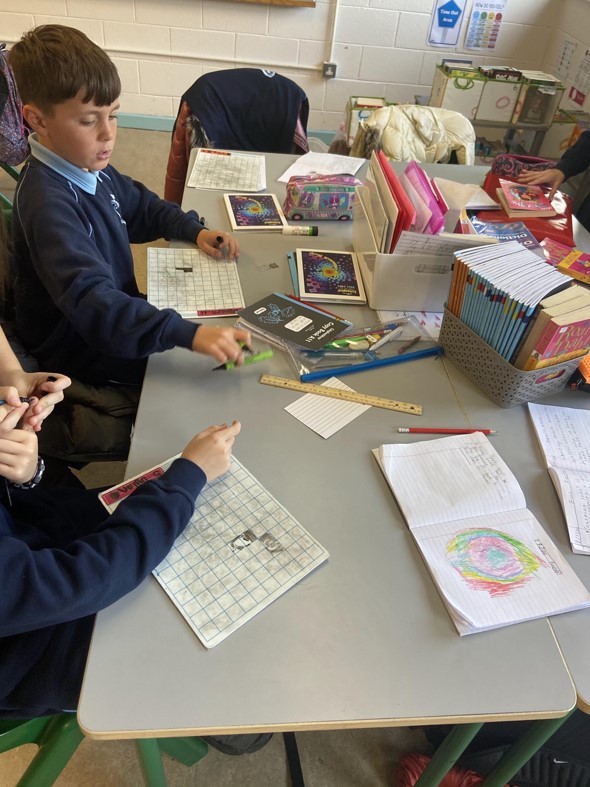
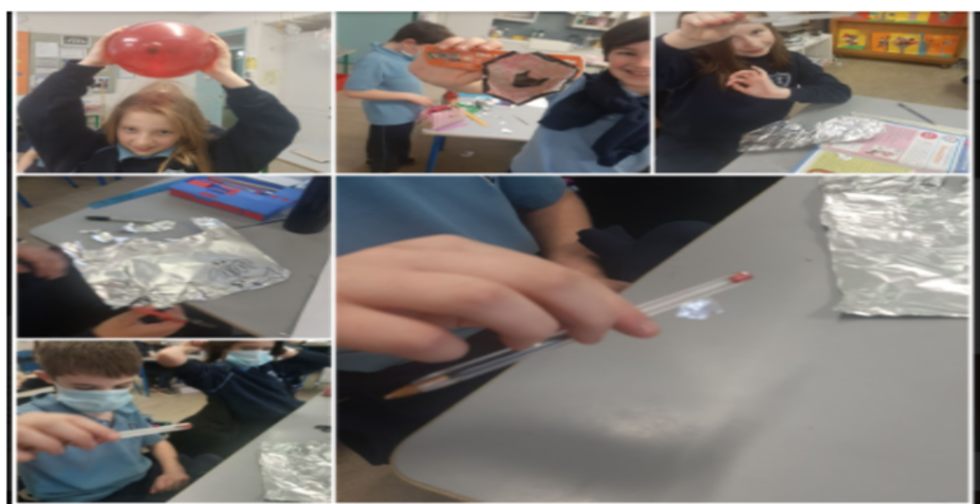
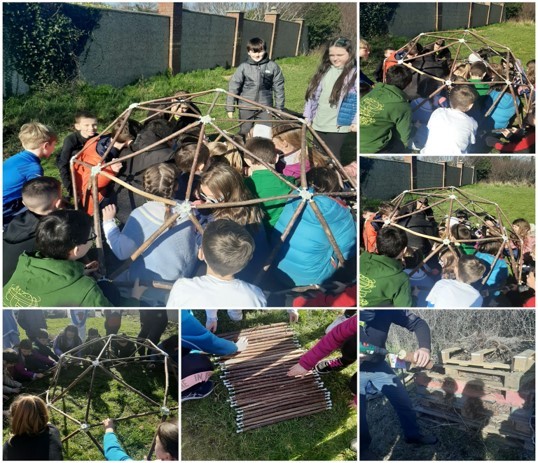

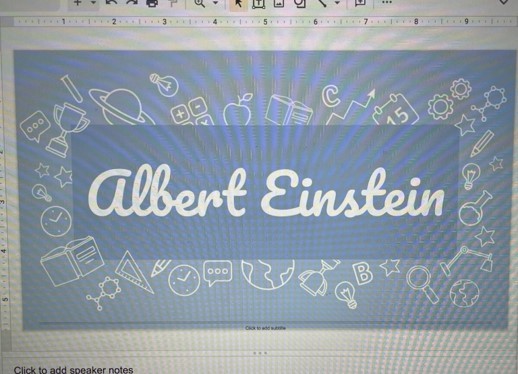
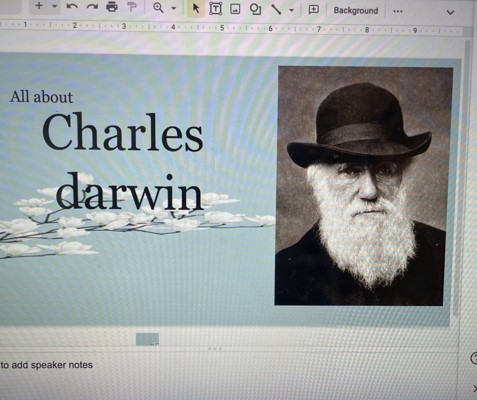
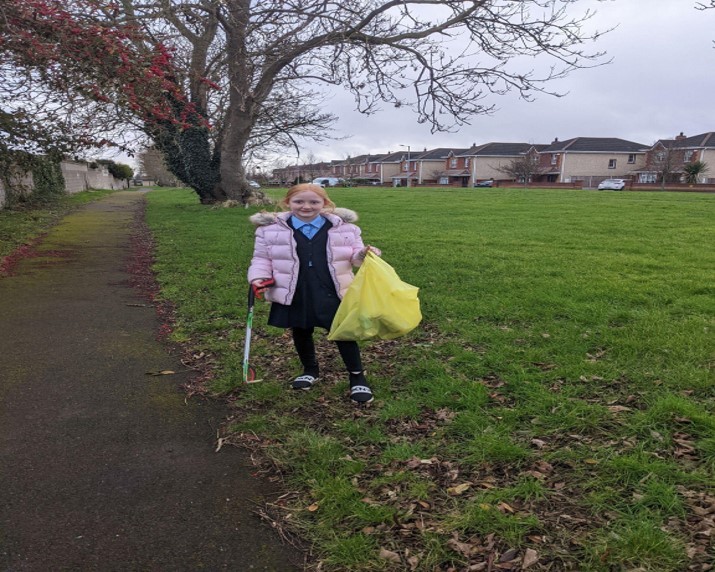
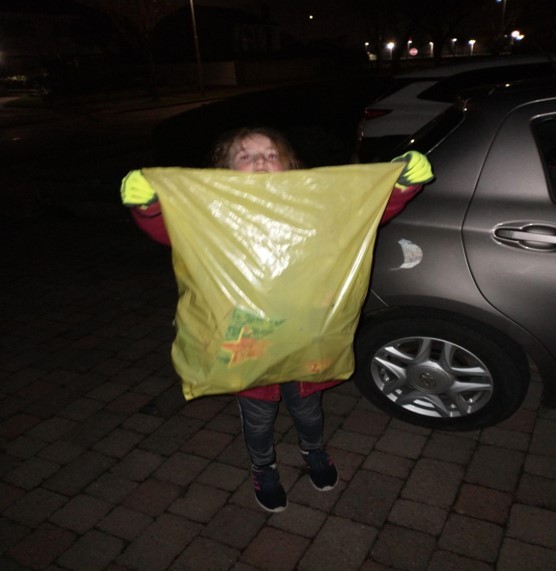
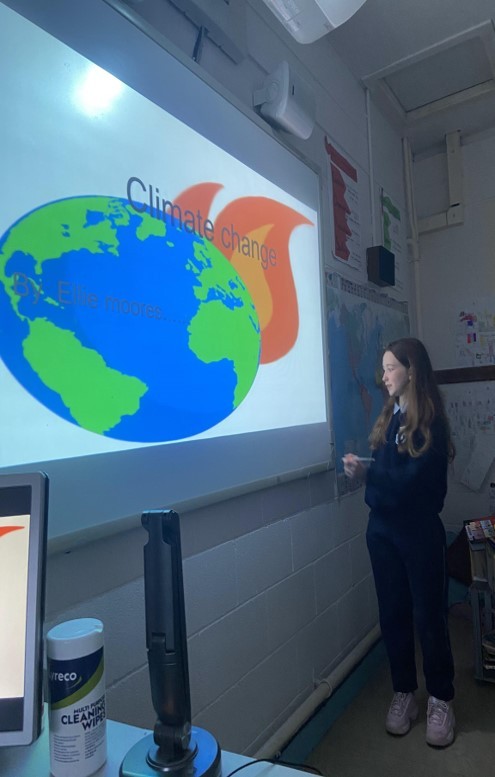
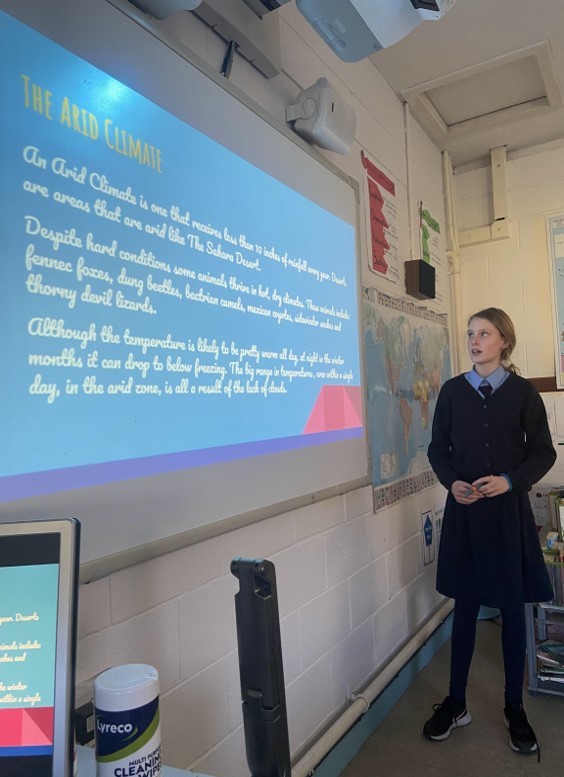

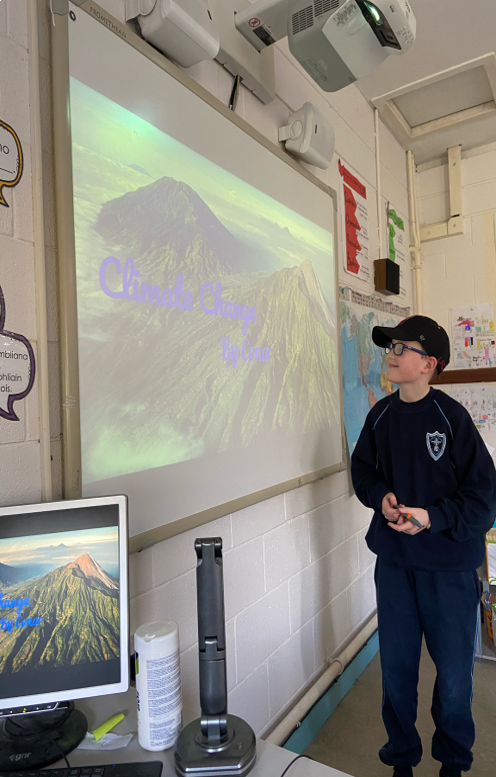
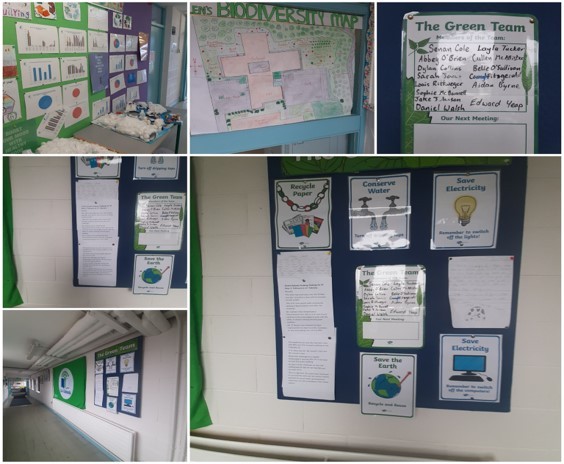
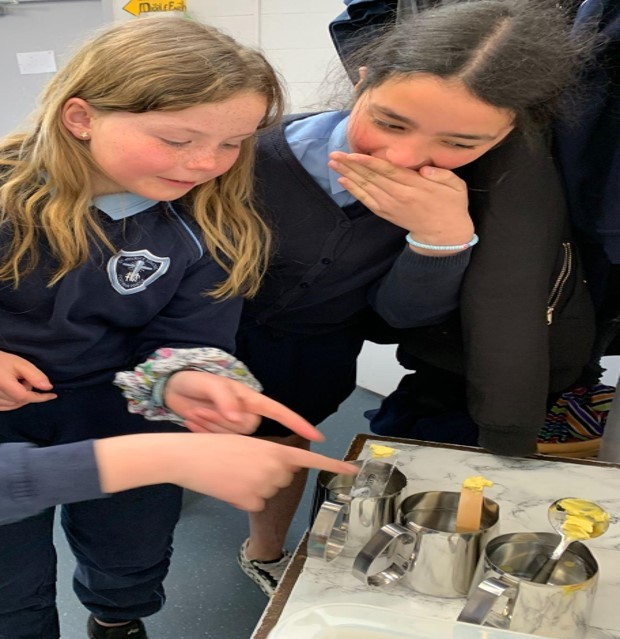
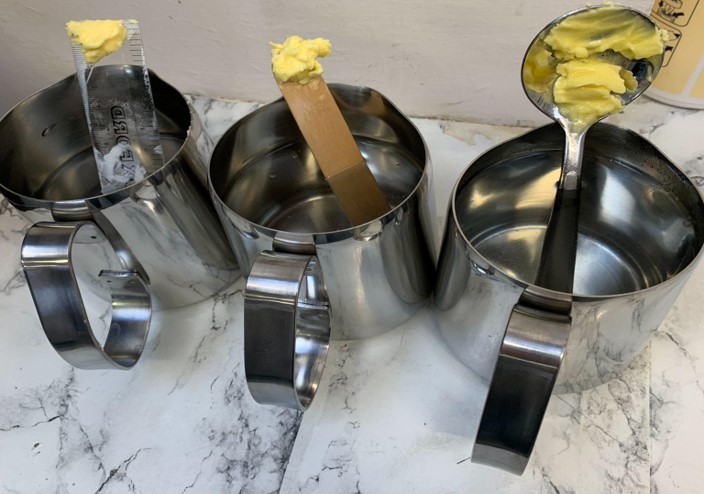
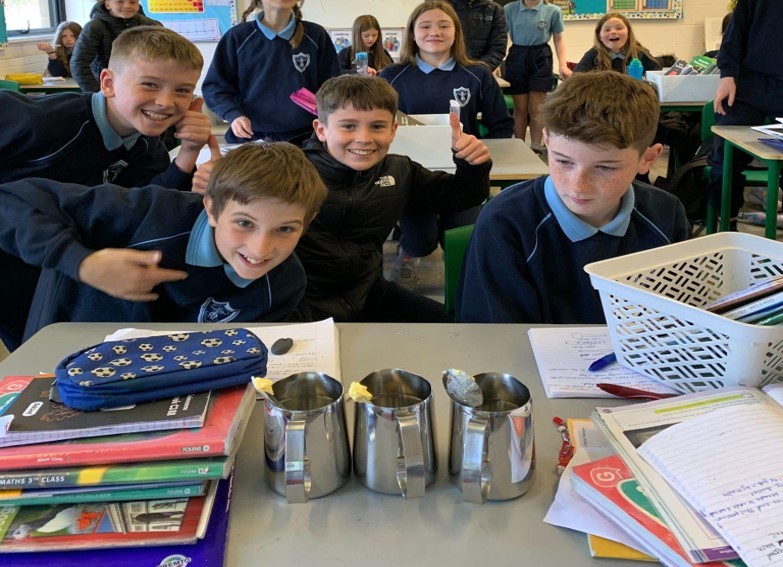
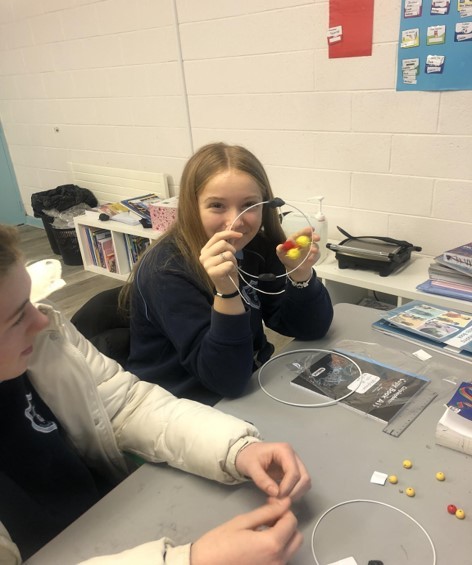
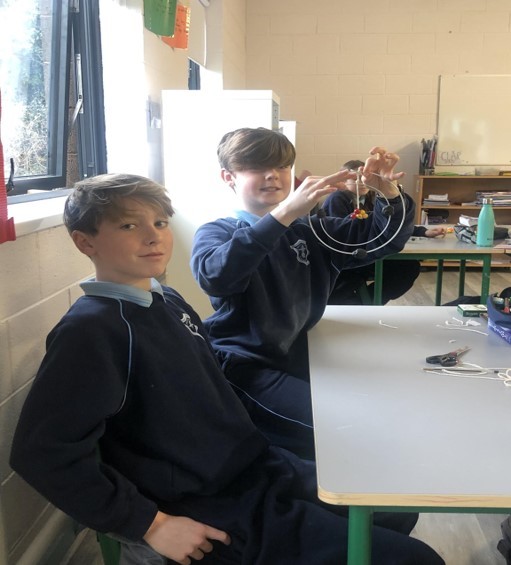
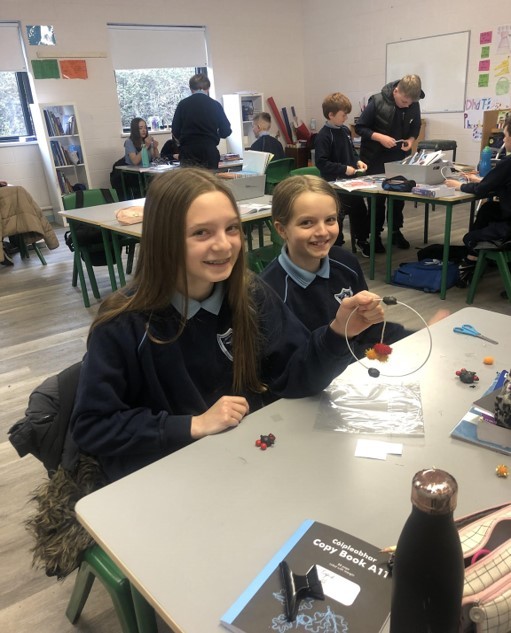
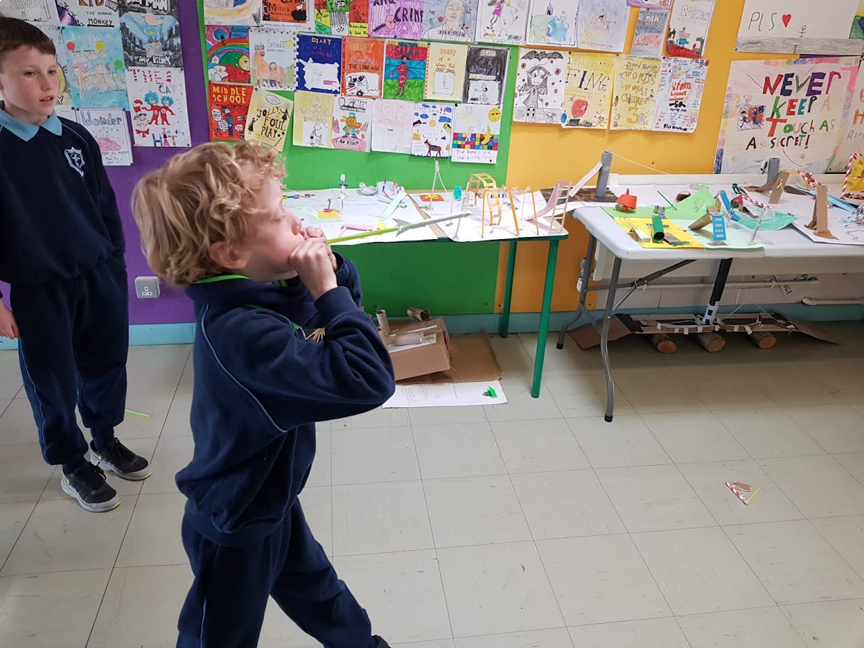
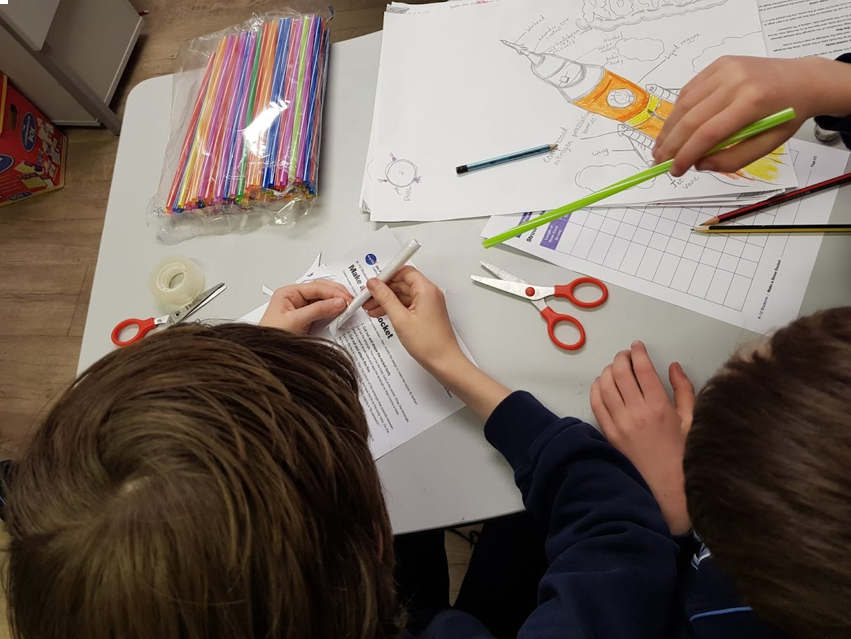
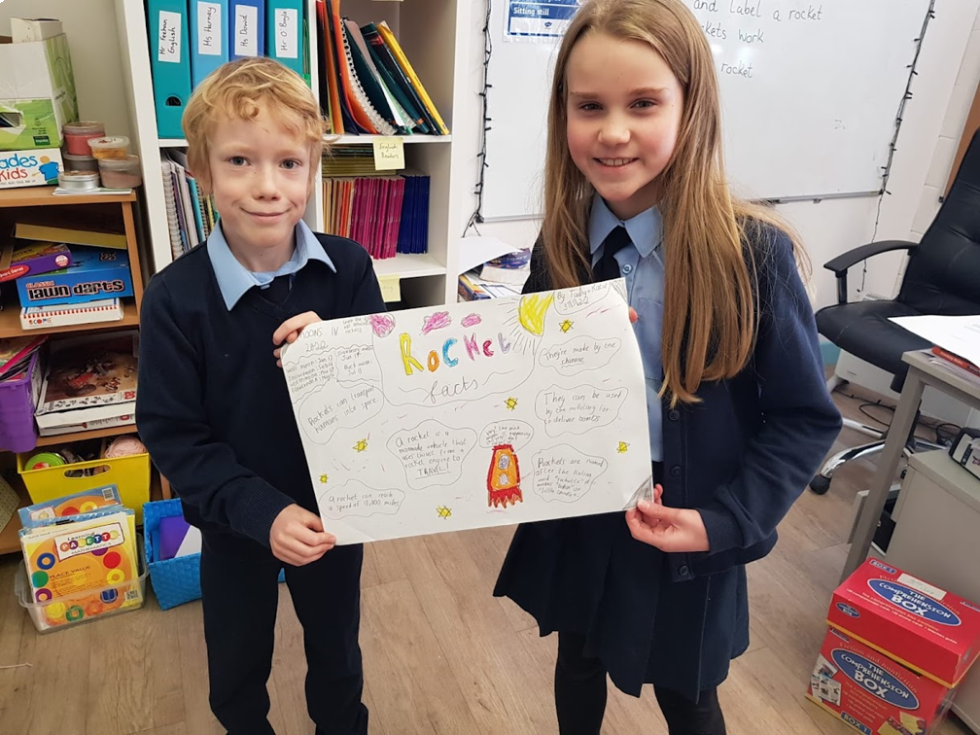
Using Google slides (on the chromebooks), the children worked in pairs to investigate what global warming is, what causes it, how it affects weather patterns, and what we can do to help limit its impact on the planet. The children presented their projects to the class and discussed how we can use renewable energy, recycle plastic, cycle or walk instead of using cars, and so forth to help protect our planet. Children from third classes engaged in the Picker Pals program and learnt about the different affects plastic can have on the environment. Sorted materials into recyclable, non-recyclable and compostable materials.
Children identified some ways in which science and technology contributes positively to society through researching famous scientists and scientific discoveries that contributed to society.
The children explored themes in the Energy and Forces strands; investigating how whenever one object exerts a force on another object, the second object exerts an equal but opposite force on the first object. They did this by using balloons, straws, wire and sellotape to do balloon races. The children saw that when the air comes out of the balloon in one direction it makes the balloon move in the opposite direction (along the wire which was pulled through the straw). The children discussed conductors and insulators in relation to heat and did an experiment to investigate which is the best conductor of heat; metal, wood or plastic.
During science week children learned about how things move by creating a rocket balloon. Children filled a balloon with air, attached a balloon to a straw, fed a large string through the straw and held it at a height. When it was released, it flew along the straw. Children discussed how the air was pushing the balloon to the other end of the string. Children tried this experiment vertically,however gravity caused the balloon to move much slower.
Children in fourth class explored the Living Things strand by taking fingerprints and acting as science police. They painted their fingers with pencils and placed their fingerprints down on their copies. They then sealed their fingerprints with sellotape. After fingerprint types demonstrated lesson they had to identify what type of fingerprints they had. Pupils also investigated the blind spot in their eye. Some pupils found this straight away and other found it more challenging.
Pupils planted dried seeds in plastic bags. Wet tissue was placed at the bottom of each bag, with the seeds placed on top. The bags were placed in areas where they received direct sunlight. The bags were labelled with the pupils’ names and they observed and recorded findings throughout the week. The pupils concluded that the seeds grow when they have water, a substance to grow in, and sunlight. The children learned about the structure and function of cells in plants, animals and bacteria and created and labeled their own cells using play dough.
Sixth class children investigated the workings of the human body, exploring the circulatory system, the respiratory system and the skeletal system. Children created the respiratory system using straws and balloons focusing on how our lungs change as we inhale and exhale.
Children used a picture key to identify and collect different leaf types. The children also used a picture key to identify trees in the local area and tick them off when they were spotted. Children also planted saplings.
St. Helen's Senior National School
Limetree Avenue, Portmarnock Co. Dublin
Phone: 01.846.1808 E-mail: admin@helens.ie
 Menu
Menu
